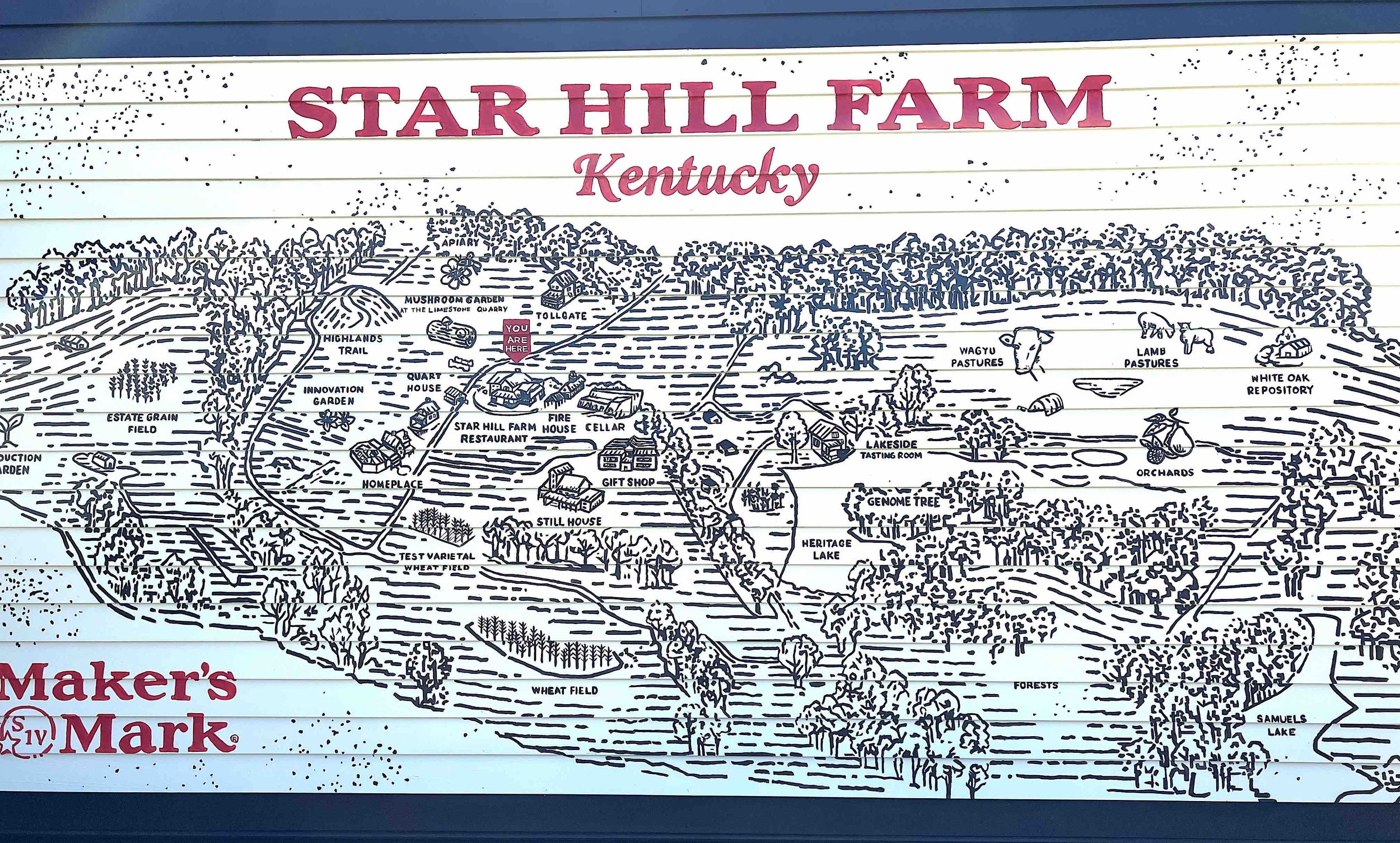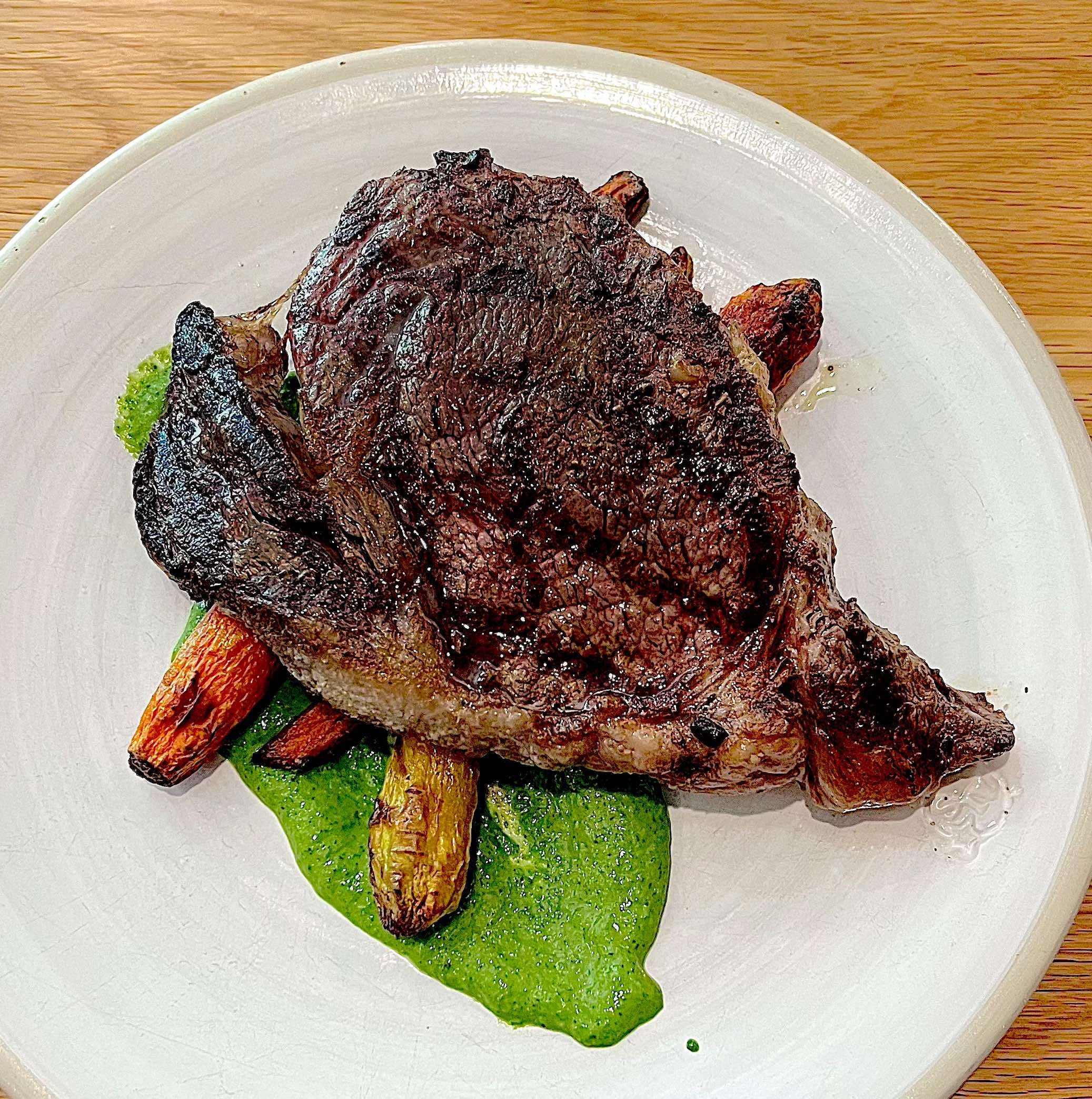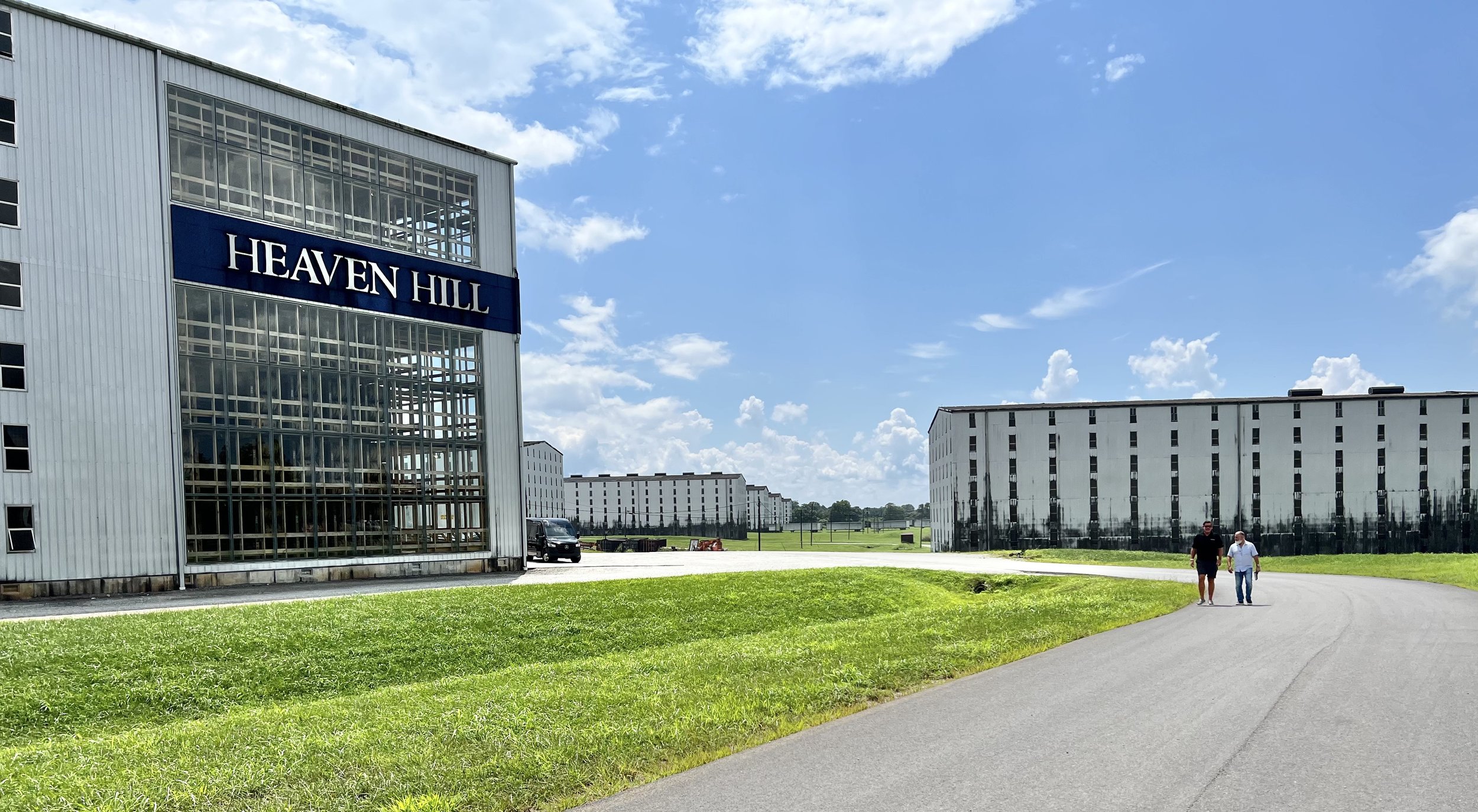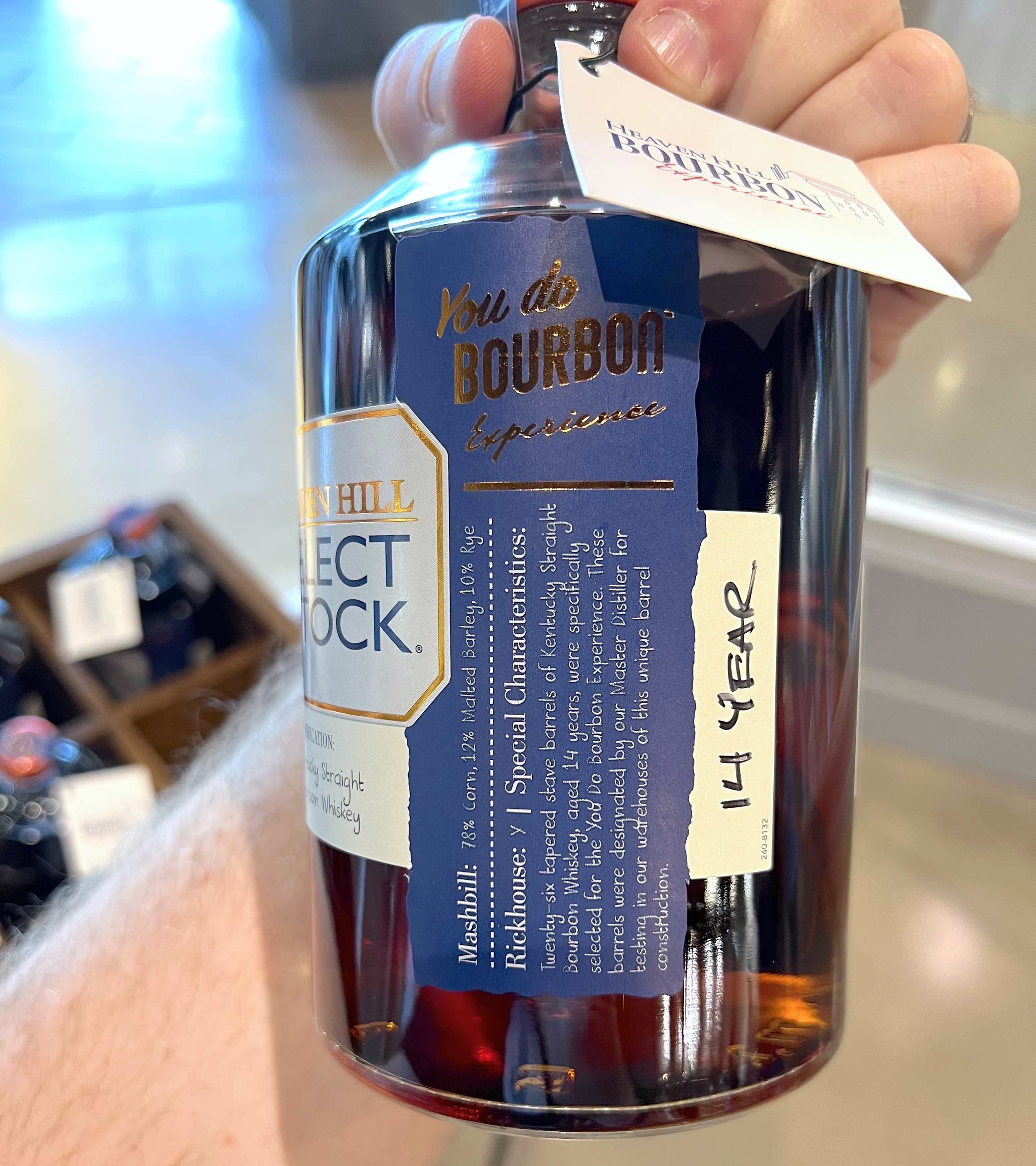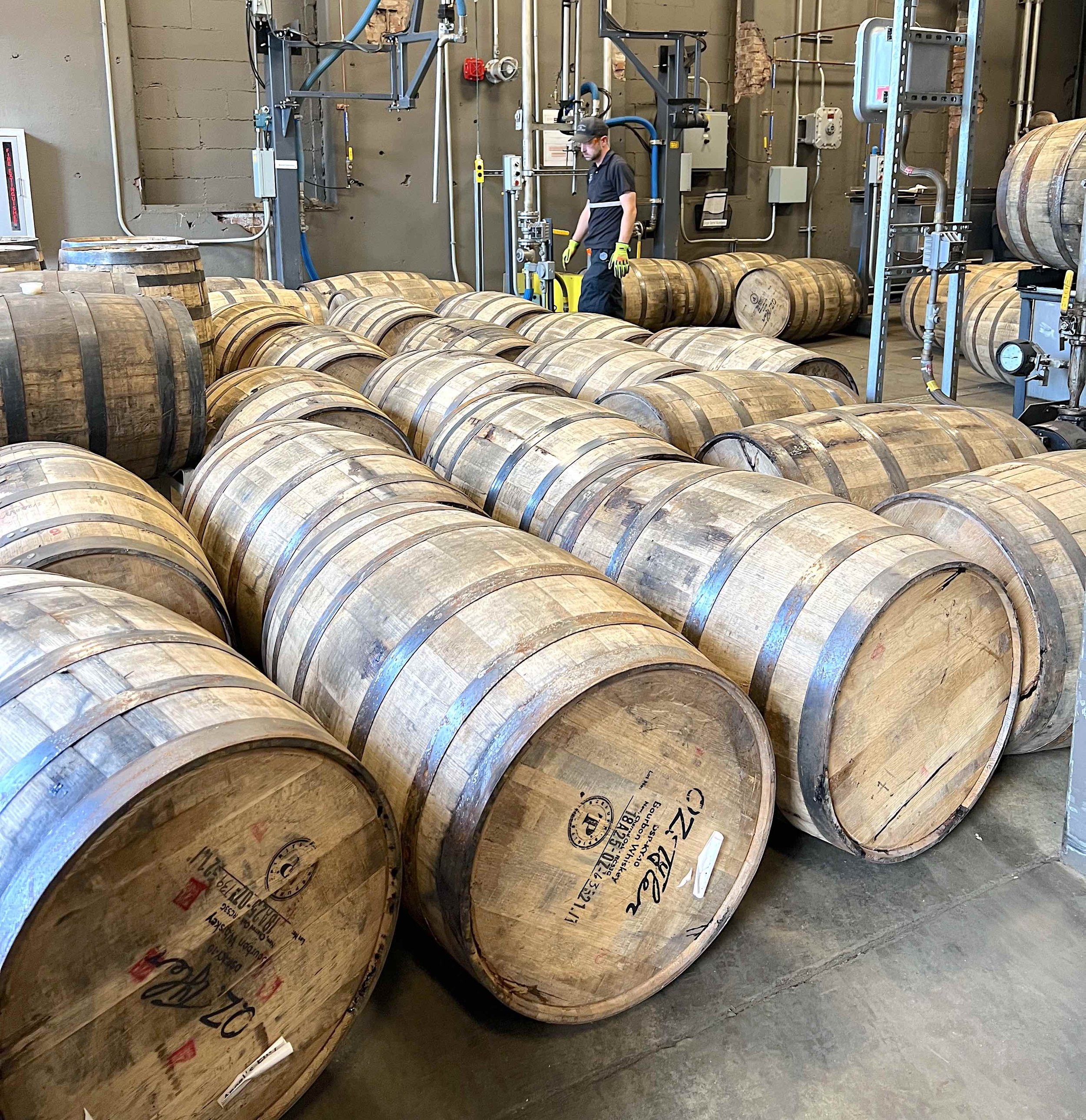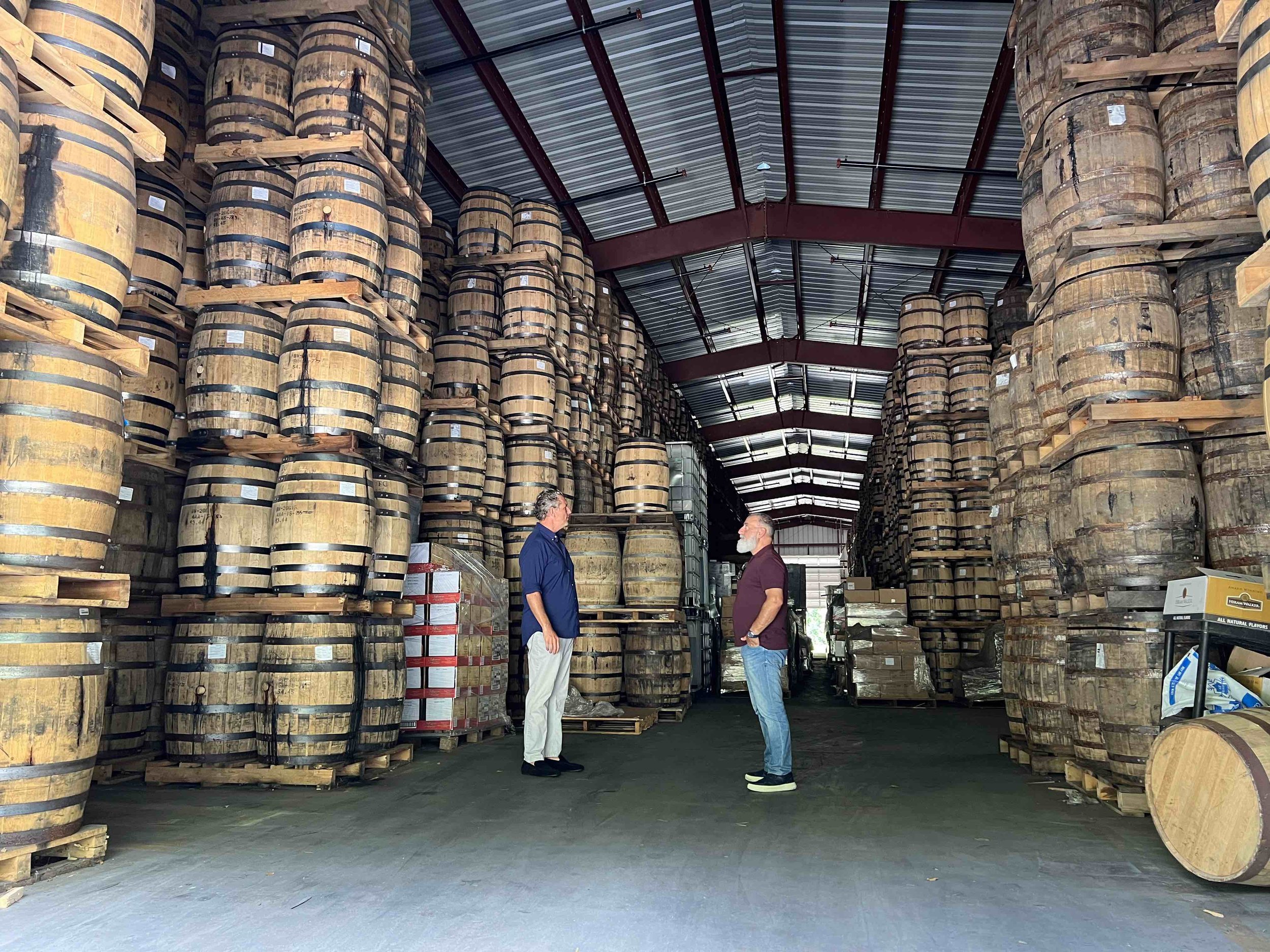Yesterday was a barn burner from beginning to end, as we packed in three appointments across three cities, moving south to Loretto and back through Coxs Creek, before finishing in Louisville on a nonstop single barrel collision course. The best compliment I can receive during these tastings is: “Wow, that was so much easier than usual.” I pride myself on being considerate, polite, engaged, and business-focused when selecting barrels. There’s no bravado. No prodding for older samples, or extra allocations. There’s no sloppy behavior (you’d be surprised how many retailers get shitfaced and make a scene during these trips). We get our work done and we let these fine people get on with their day. It’s the reason we keep getting invited back to do this again and again. It’s the reason we’re going to get two Four Roses barrels this year, while everyone else gets one.
Waiting for us in the selection room was my old friend Mandy, who started at Four Roses the same year I made my first trip out to select barrels roughly ten years ago. We had a great time catching up and we started the ten barrel sampling blind, tasting through each whiskey before looking at the specs.
We had already selected our first single barrel through a sample pack mailed out to us earlier in the year, but for our second barrel we picked an 11 year 6 month old OBSF from everyone’s favorite fourth tier. Look for this fantastic cask as the months roll on. It had a beautiful balance of vanilla and spice with a richness that stood out from the 8, 9, and 10 year old barrel samples also in play. It’s nice to see casks of this age back in the mix regularly.
Back in Louisville, we had a dinner appointment with Andy from Jim Beam to talk Knob Creek at the newly-established North of Bourbon, one of the hottest and most-talked-about restaurants in Louisville right now. Everywhere we went, people asked us where we had eaten, were eating, or planned on eating later in the week. North of Bourbon was on everybody’s list.
The booths at North of Bourbon are actually shaped like hollowed-out barrels, giving each table not only a thematic element, but also an intimacy that allows for great conversation. Vic said: “This is definitely where you bring a date in Louisville.”
I was blown away by the intricate flavors of the New Orleans-inspired cuisine, from the boiled peanuts we had as an appetizer, to the julienned squash Caesar salad, to the pan-fried trout topped with caviar and served over a pork broth with vegetables. Owner Greg Jennings sat with us for a good half hour, talking food, Bourbon, business, and life, tasting through some of the whiskies on the table and doling out pours of new arrivals. We finished with a glass of Beam’s new Hardin’s Creek releases, both the 15 year and the 2 year side by side, then called it a night. I can’t wait to come back here.
-David Driscoll







